Filter by
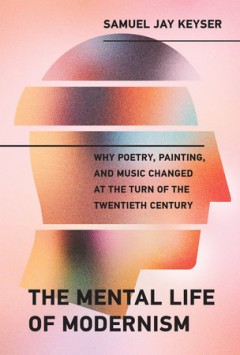
The Mental Life of Modernism: Why Poetry, Painting, and Music Changed at the …
An argument that Modernism is a cognitive phenomenon rather than a cultural one. At the beginning of the twentieth century, poetry, music, and painting all underwent a sea change. Poetry abandoned rhyme and meter; music ceased to be tonally centered; and painting no longer aimed at faithful representation. These artistic developments have been attributed to cultural factors ranging from the …
- Edition
- -
- ISBN/ISSN
- 9780262356947
- Collation
- -
- Series Title
- -
- Call Number
- -

Beyond Bakelite: Leo Baekeland and the Business of Science and Invention
"I just want to say one word to you. Just one word. . . . Plastics." This line from the film The Graduate has come to symbolize the hubris, promise, and disappointment embodied in one of the world's most ubiquitous materials. At present, plastics are cheap, widely used, and durable. But that durability means that plastics persist in the environment for decades. Images of swaths of the ocean or …
- Edition
- -
- ISBN/ISSN
- 9780262357975
- Collation
- 1 online resource.
- Series Title
- -
- Call Number
- -
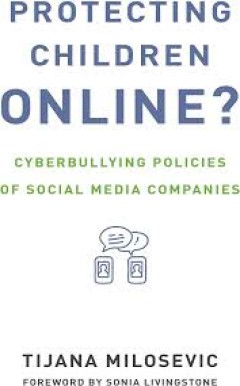
Protecting Children Online?: Cyberbullying Policies of Social Media Companies…
This book investigates regulatory and social pressures that social media companies face in the aftermath of high profile cyberbullying incidents. The author's research evaluates the policies companies develop to protect themselves and users. This includes interviews with NGO and social media company reps in the US and the EU. She triangulates these findings against news, policy reports, evaluat…
- Edition
- -
- ISBN/ISSN
- 9780262344098
- Collation
- 1 online resource (xv, 280 pages).
- Series Title
- -
- Call Number
- -

From X-rays to DNA: How Engineering Drives Biology
An argument that technology accelerates biological discovery, with case studies ranging from chromosome discovery with early microscopes to how DNA replicates using radioisotope labels. Engineering has been an essential collaborator in biological research and breakthroughs in biology are often enabled by technological advances. Decoding the double helix structure of DNA, for example, only be…
- Edition
- -
- ISBN/ISSN
- 9780262318389
- Collation
- -
- Series Title
- -
- Call Number
- -
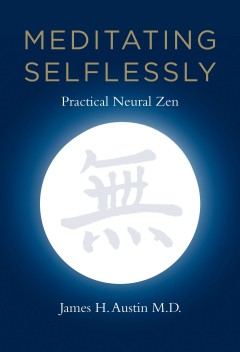
Meditating Selflessly: Practical Neural Zen
This is not the usual kind of self-help book. Indeed, its major premise heeds a Zen master's advice to be less self-centered. Yes, it is "one more book of words about Zen," as the author concedes, yet this book explains meditative practices from the perspective of a " neural Zen." The latest findings in brain research inform its suggestions. In Meditating Selflessly, James Austin -- Zen practit…
- Edition
- -
- ISBN/ISSN
- 9780262300155
- Collation
- 1 online resource (xxiv, 251 pages) :illustrations (some color)
- Series Title
- -
- Call Number
- -
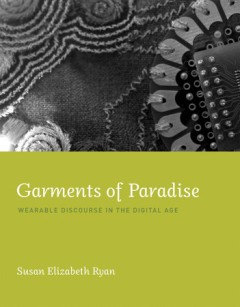
Garments of Paradise: Wearable Discourse in the Digital Age
"Wearable technology--whether a Walkman in the 1970s, an LED-illuminated gown in the 2000s, or Google Glass today--makes the wearer visible in a technologically literate environment. Twenty years ago, wearable technology reflected cultural preoccupations with cyborgs and augmented reality; today, it reflects our newer needs for mobility and connectedness. In this book, Susan Elizabeth Ryan exam…
- Edition
- -
- ISBN/ISSN
- 9780262323963
- Collation
- 1 online resource
- Series Title
- -
- Call Number
- -

New Directions in Financial Services Regulation
This title grows out of a conference hosted by the Mossavar-Rahmani Center for Business and Government at Harvard's Kennedy School of Government in October 2009, and the book reflects the dynamic give-and-take of the event.OCLC-licensed vendor bibliographic record.
- Edition
- -
- ISBN/ISSN
- 9780262295789
- Collation
- 1 online resource (ix, 227 pages)
- Series Title
- -
- Call Number
- -
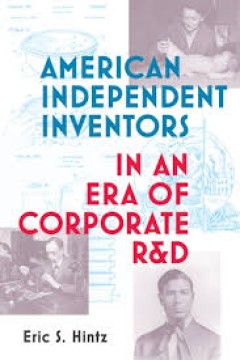
American independent inventors in an era of corporate R&D
"Looks at American independent inventors during the rise of corporate research and development"--OCLC-licensed vendor bibliographic record.
- Edition
- -
- ISBN/ISSN
- 0262365707
- Collation
- 1 online resource.
- Series Title
- -
- Call Number
- -
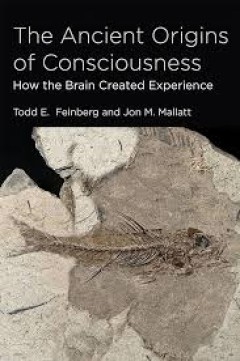
The ancient origins of consciousness how the brain created experience
"How is consciousness created? When did it first appear on Earth, and how did it evolve? What constitutes consciousness, and which animals can be said to be sentient? In this book, Todd Feinberg and Jon Mallatt draw on recent scientific findings to answer these questions--and to tackle the most fundamental question about the nature of consciousness: how does the material brain create subjective…
- Edition
- -
- ISBN/ISSN
- 9780262333269
- Collation
- 1 online resource (xx, 366 pages) :illustrations
- Series Title
- -
- Call Number
- -
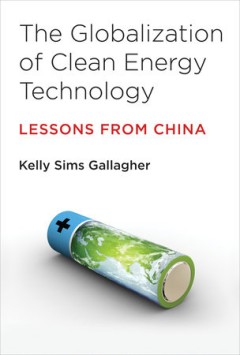
Titans of the climate : explaining policy process in the United States and China
How the planet's two largest greenhouse gas emitters navigate climate policy. The United States and China together account for a disproportionate 45 percent of global carbon dioxide emissions. In 2014, then-President Obama and Chinese President Xi Jinping announced complementary efforts to limit emissions, paving the way for the Paris Agreement. And yet, with President Trump's planned withdrawa…
- Edition
- -
- ISBN/ISSN
- 0262349183
- Collation
- 1 online resource (272 pages).
- Series Title
- -
- Call Number
- -
 Computer Science, Information & General Works
Computer Science, Information & General Works  Philosophy & Psychology
Philosophy & Psychology  Religion
Religion  Social Sciences
Social Sciences  Language
Language  Pure Science
Pure Science  Applied Sciences
Applied Sciences  Art & Recreation
Art & Recreation  Literature
Literature  History & Geography
History & Geography